Is it bindweed or knotweed and which is worse?
It can be tricky to tell the difference between bindweed and knotweed but it is vital to get to grips with which is which to prevent damage to your property
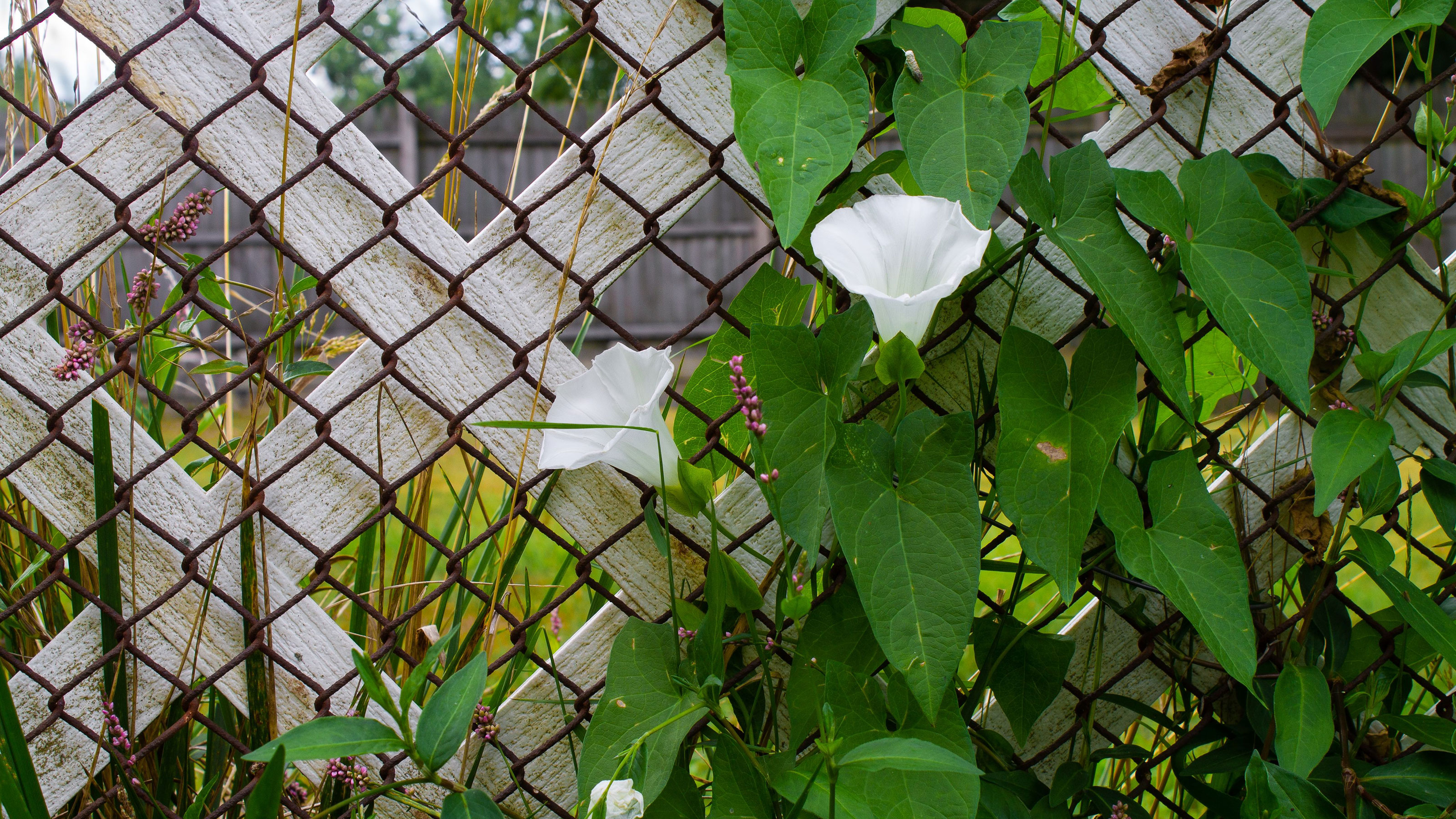
Is that bindweed or knotweed ruining your carefully planned out garden design? Along with other common plants, such as Dogwood and and lilac, it can sometimes be hard to tell the difference between Japanese knotweed and bindweed.
"Japanese knotweed can cause a great deal of damage to properties," says Nic Seal, founder and MD of Environet. "Identifying the plant is not always simple and it’s easy to get confused."
In this handy guide, we take a look at how to identify both knotweed and bindweed so that you know when you are dealing with a plant that could cause harm to your property and potentially devalue it, or simply a troublesome weed.
Read on to learn what each plant looks like and get advice on what to do should you come across either in your garden.
Why is it important to know whether it is bindweed or knotweed in the garden?
Both these are plants that are an utter nuisance — but in the case of Japanese knotweed, you are dealing with a plant that can not only cause damage to your home, but could also put off potential buyers when you come to move on. For this reason, it is crucial to understand the ins ad outs of Japanese knotweed removal.
"We often see cases of damage to hard surfaces such as patios, asphalt and drains," says Nic Seal, when explaining why Japanese knotweed is so problematic. "Although it is a myth that knotweed can grow through solid concrete, it certainly has no problem exploiting the smallest of gaps and weaknesses, eventually causing real damage."
Bindweed, on the other hand, is simply troublesome and difficult to keep under control.
Knotweed will usually require professional removal or treatment in order to get rid of it for good, while bindweed can often be tackled by homeowners and won't negatively impact a property's value.
"Given the damage that knotweed can potentially cause to property, banks and building societies in the UK have imposed strict lending criteria where knotweed is identified," warns Nic.
What is Japanese knotweed?
"Japanese knotweed is a non-native, invasive plant that was imported to the UK in Victorian times," explains Evironet's Nic Seal. "It is now widely recognised as a pest species that outcompetes native plants and causes damage in the built environment.
"We estimate that approximately 4% of homes in the UK are affected by Japanese knotweed, either directly or indirectly (i.e. neighbouring an affected property), impacting their value by an average of 5%," continues Nic.
So what exactly is Japanese knotweed? In short it is a herbaceous, perennial plant that grows from 'crowns' under the earth, breaking through the ground in spring and racing towards its full height of over a whopping 2m by the start of summer — quickly outgrowing native plants.
"Creeping rhizomes spread out from the main plant, exploiting gaps and weaknesses in any structure it encounters," says Nic Seal. "These rhizomes easily fragment and quickly establish new plants, making control of the species particularly difficult."
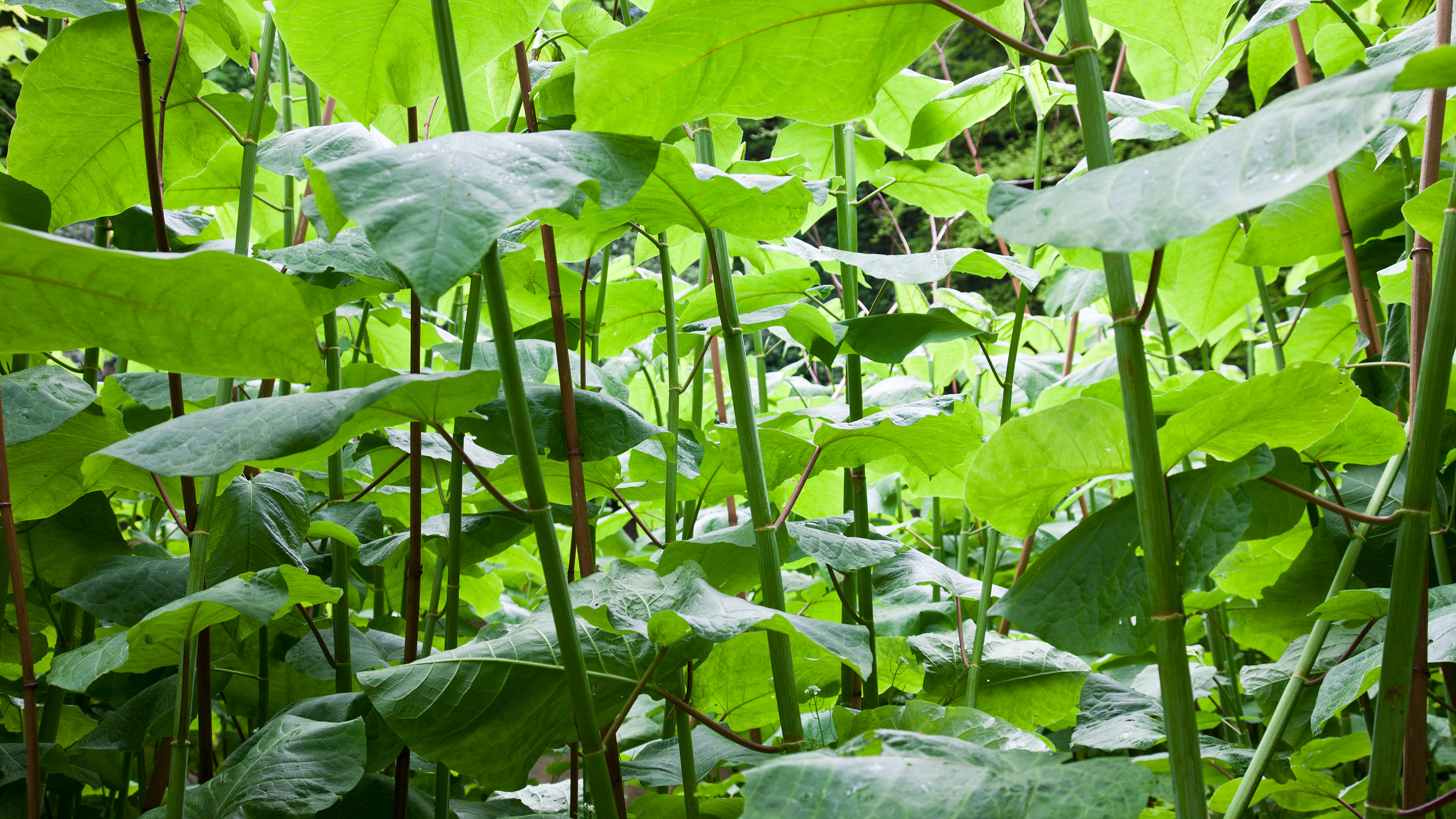
What is bindweed?
Also known as hedge bindweed and bellbind, bindweed (part of the Morning Glory family) is undeniably a real nuisance.
While it won't cause damage to your property, bindweed will very quickly smother plants, hedges, shrubs and even smaller trees.
Like knotweed, it is also very fast-growing — according to the RHS, established colonies of bindweed can spread outwards by 2m (6½ft) or more in a single season.
The plant spreads from underground roots, known as rhizomes. These roots can penetrate more than 5m into the ground, before spreading super quickly.
When it comes to how to get rid of bindweed, there are several methods to try. The RHS suggests keeping on top of the problem with "persistent digging and hoeing", by digging out as much of the root as you can, as well as any shoots you spot emerging in the spring.
You can also try weedkillers, such as Roundup Speed Ultra Ready To Use Pump N Go which lists bindweed amongst the weeds it can kill.
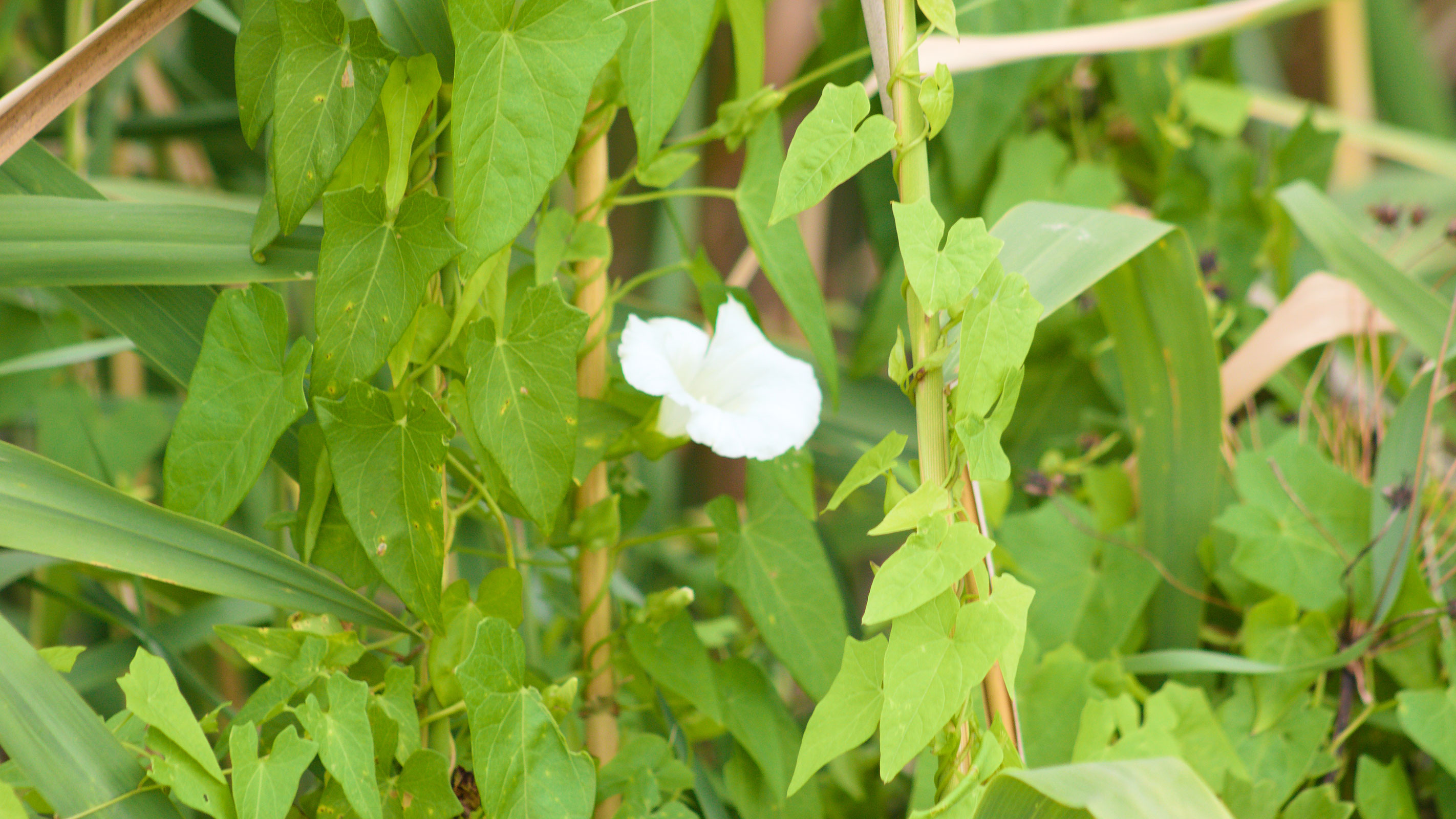
What does Japanese knotweed look like?
In order to know what kind of plant you are dealing with, there are certain characteristics to be on the lookout for. However, it is also important to note that these can very much change depending on the season.
According to Nic Seal, key traits to be on high alert for include:
- Reddish shoots that shoot up in the spring and resemble asparagus — these can grown an alarming 10cm a day
- Shield or shovel-shaped leaves that are bright green in summer but change to yellow in autumn before wilting in winter
- Woody stems that look very similar to bamboo but often feature purple speckles. The stems will become darker in colour during winter when the plant is dormant
- Frothy clumps of small, cream-coloured flowers that come out towards the end of summer.
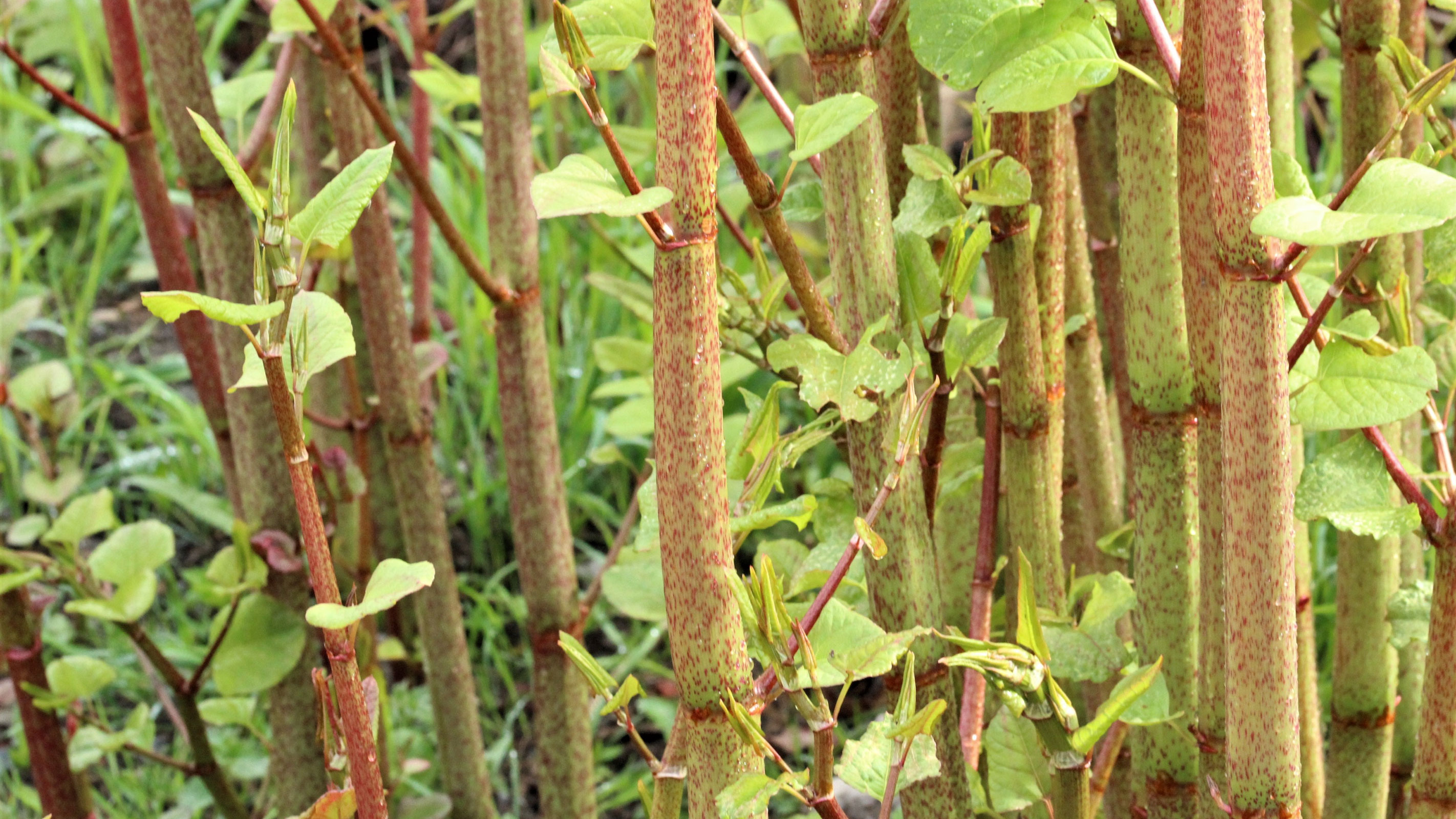
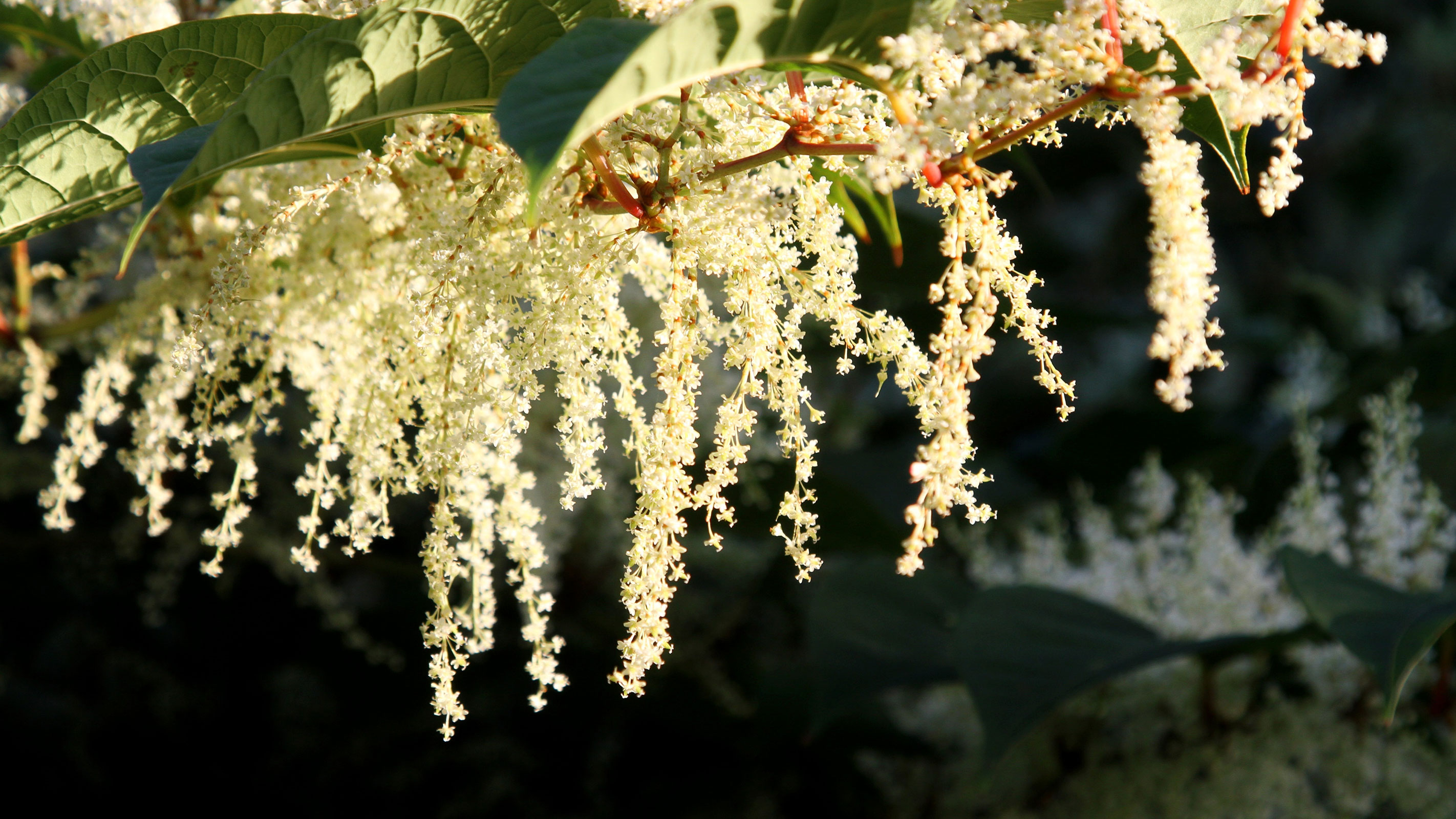
What does bindweed look like?
Bindweed is often mistaken for Japanese knotweed but there are ways to tell the difference between the two.
Although the leaves of bindweed look a little like those of knotweed, being a similar vivid green, and heart-shaped, the flowers are quite different. They are white (sometimes pink or mauve) and have a distinctive trumpet shape.
One of the key differences, though, is in the way it grows.
"Bindweed is not self-supporting like knotweed," explains Nic Seal. "It needs to climb up structures and other plants."
It has pale green, slim twining stems that wrap themselves around other plants or structures.
While you may not be overjoyed to discover bindweed in your garden, you will be pleased to know that at the very least you will not have to shell out for Japanese knotweed removal costs.
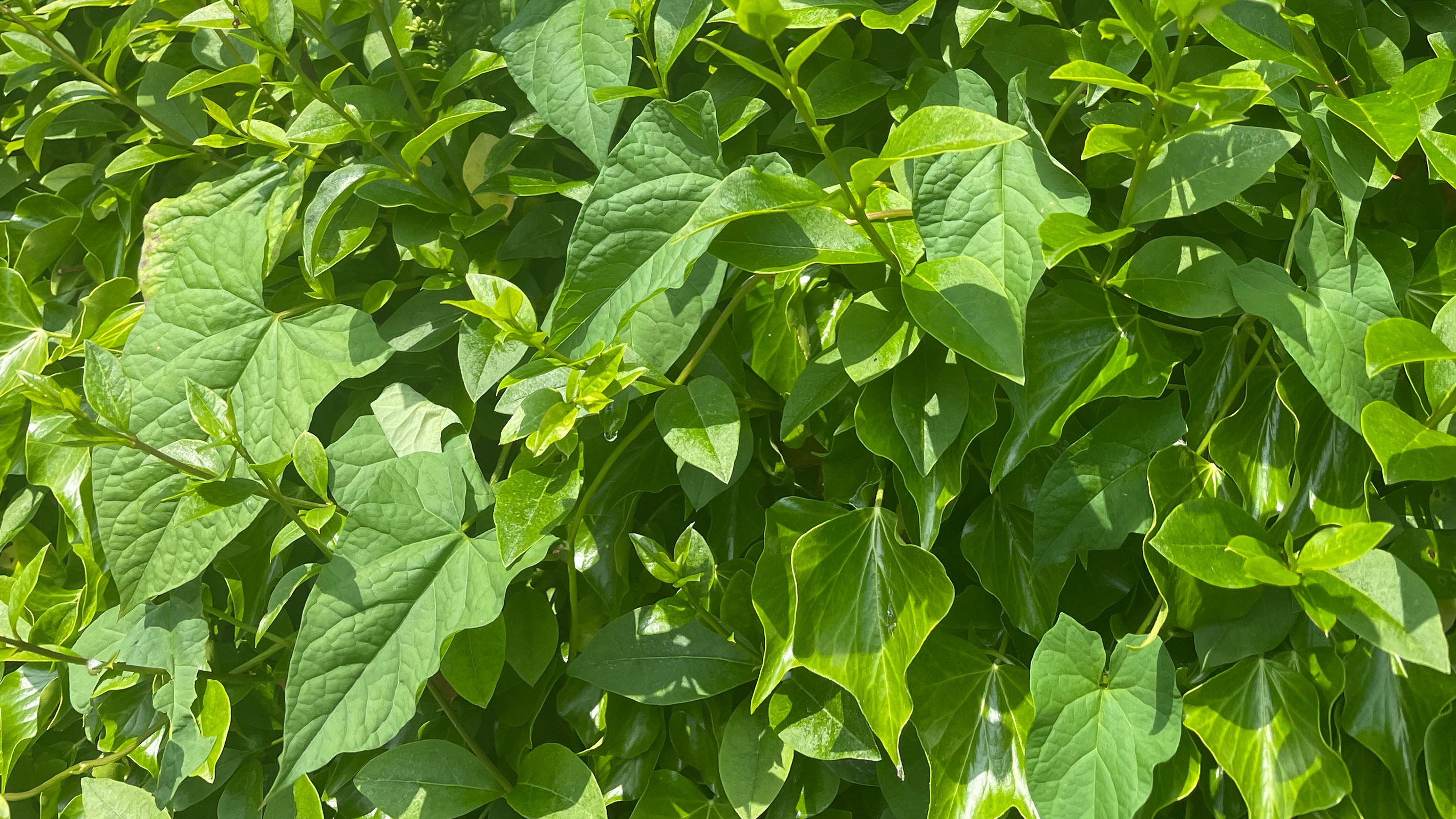
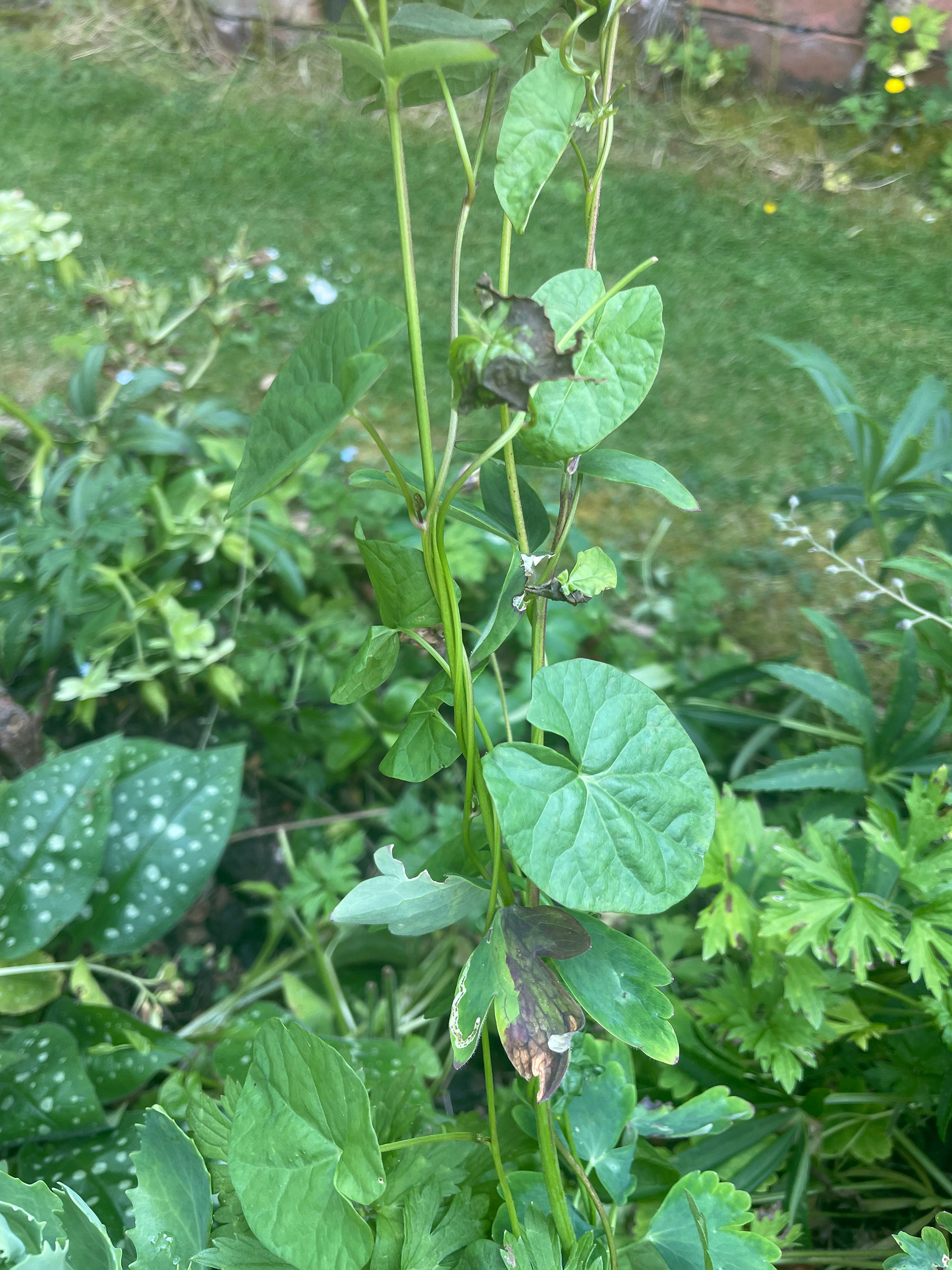
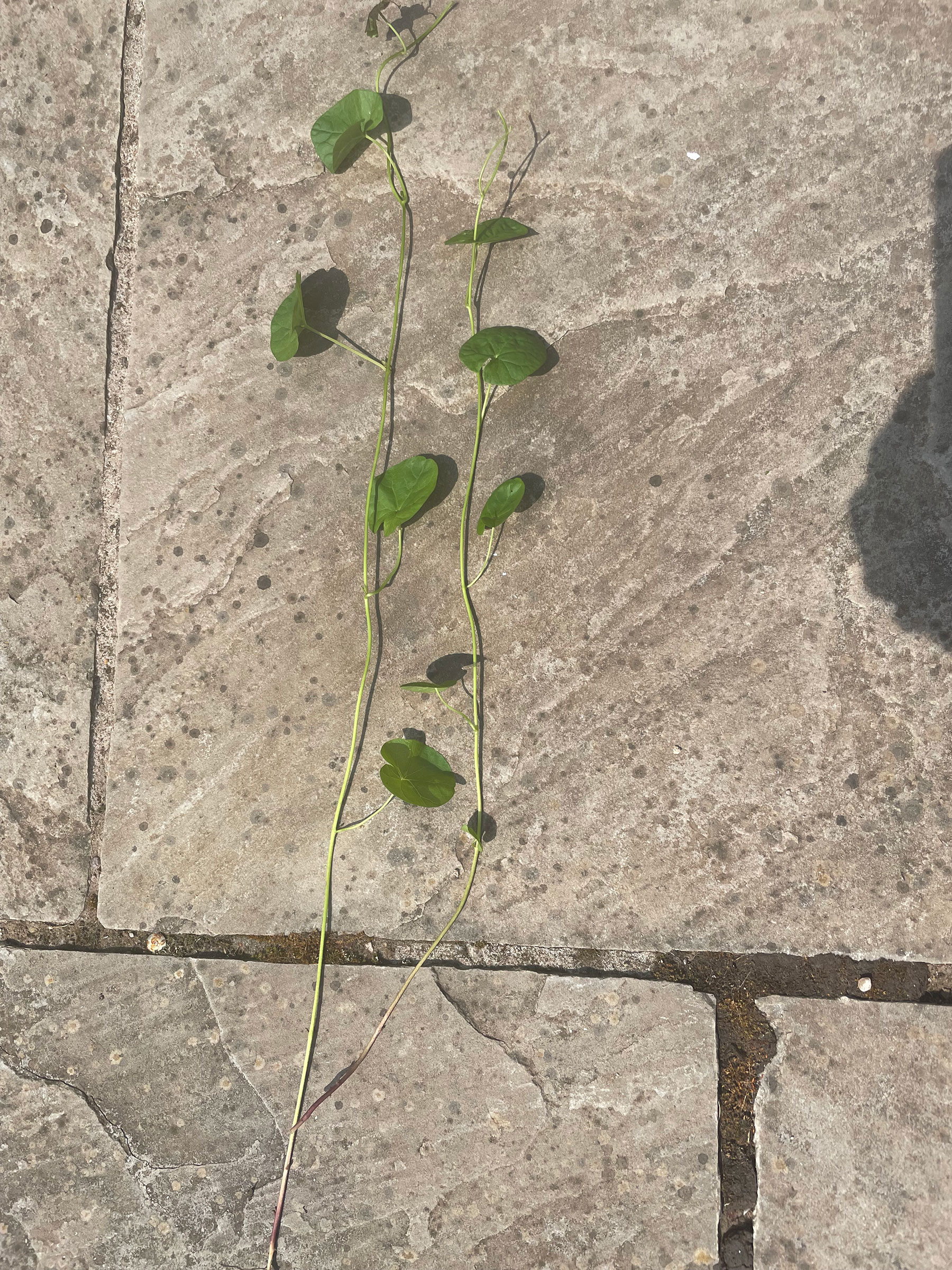
Get the Homebuilding & Renovating Newsletter
Bring your dream home to life with expert advice, how to guides and design inspiration. Sign up for our newsletter and get two free tickets to a Homebuilding & Renovating Show near you.
Natasha was Homebuilding & Renovating’s Associate Content Editor and was a member of the Homebuilding team for over two decades. In her role on Homebuilding & Renovating she imparted her knowledge on a wide range of renovation topics, from window condensation to renovating bathrooms, to removing walls and adding an extension. She continues to write for Homebuilding on these topics, and more. An experienced journalist and renovation expert, she also writes for a number of other homes titles, including Homes & Gardens and Ideal Homes. Over the years Natasha has renovated and carried out a side extension to a Victorian terrace. She is currently living in the rural Edwardian cottage she renovated and extended on a largely DIY basis, living on site for the duration of the project.

